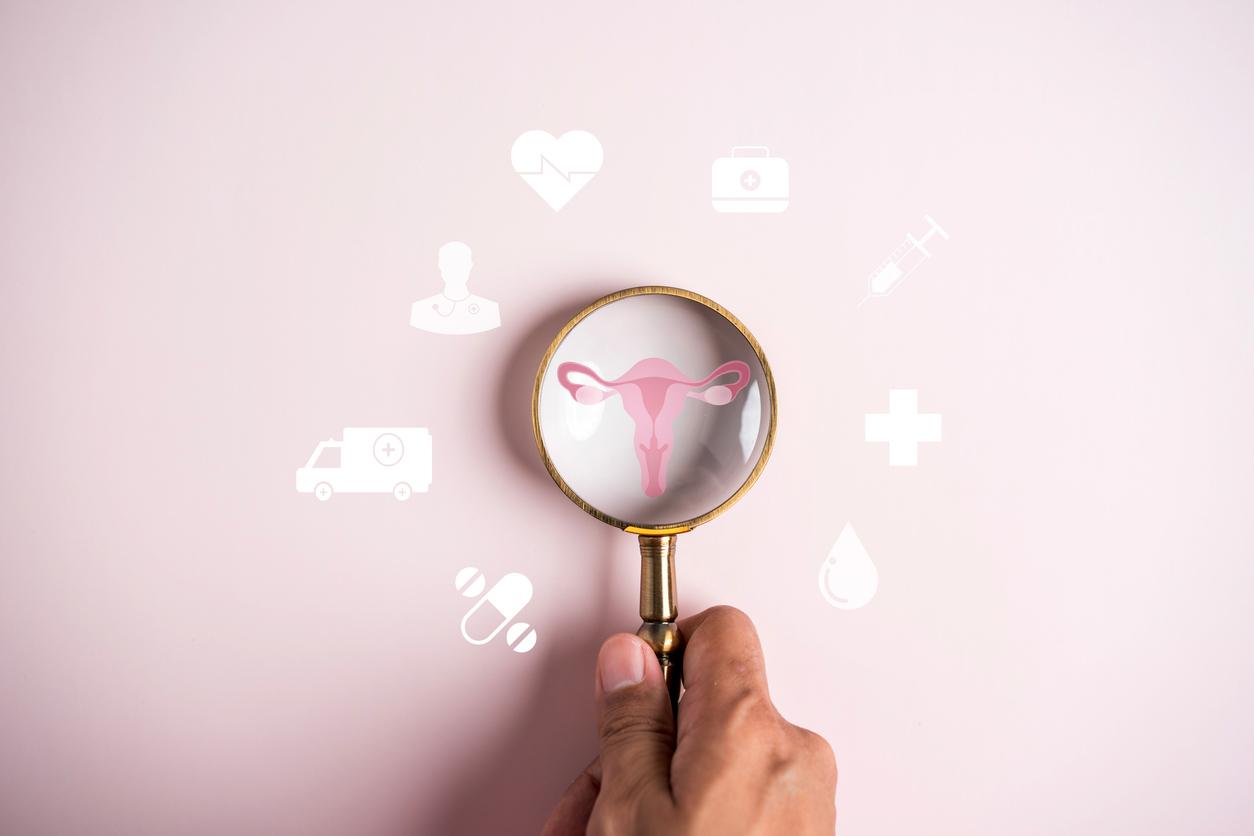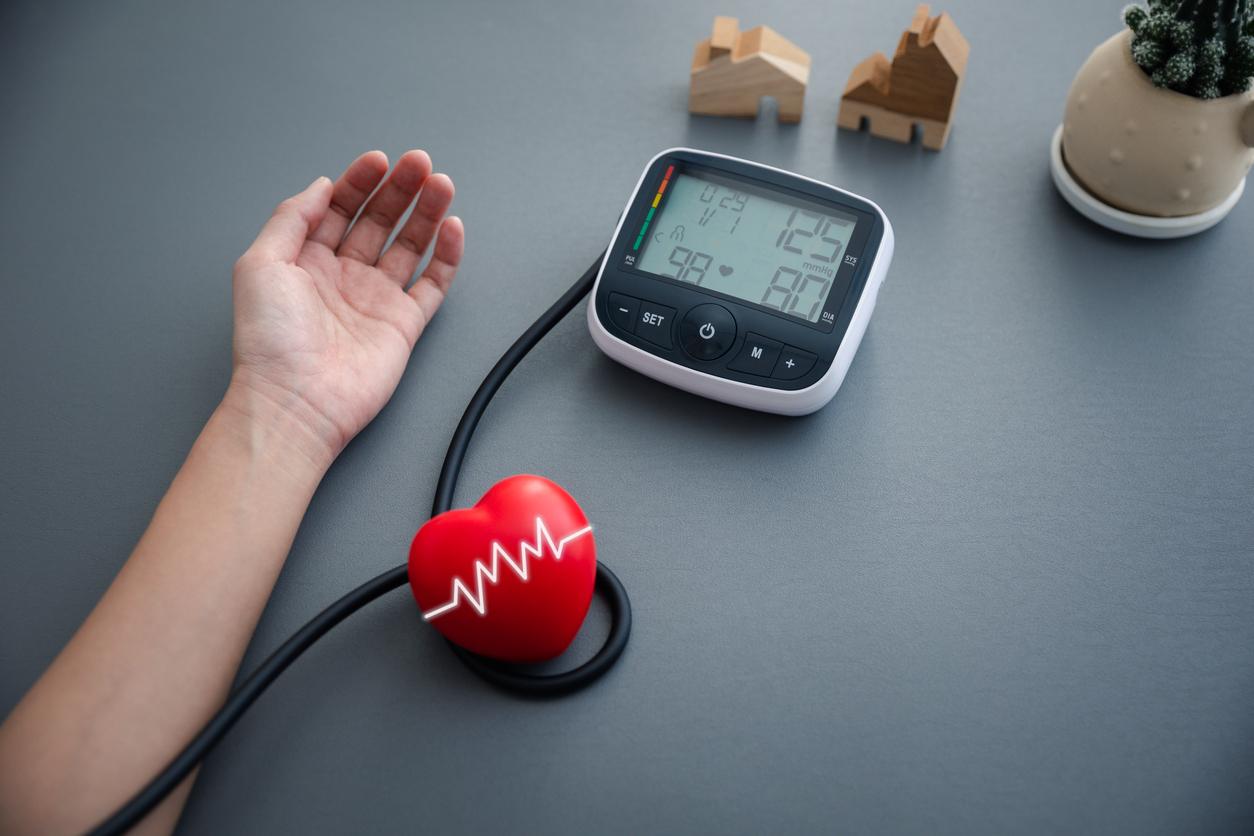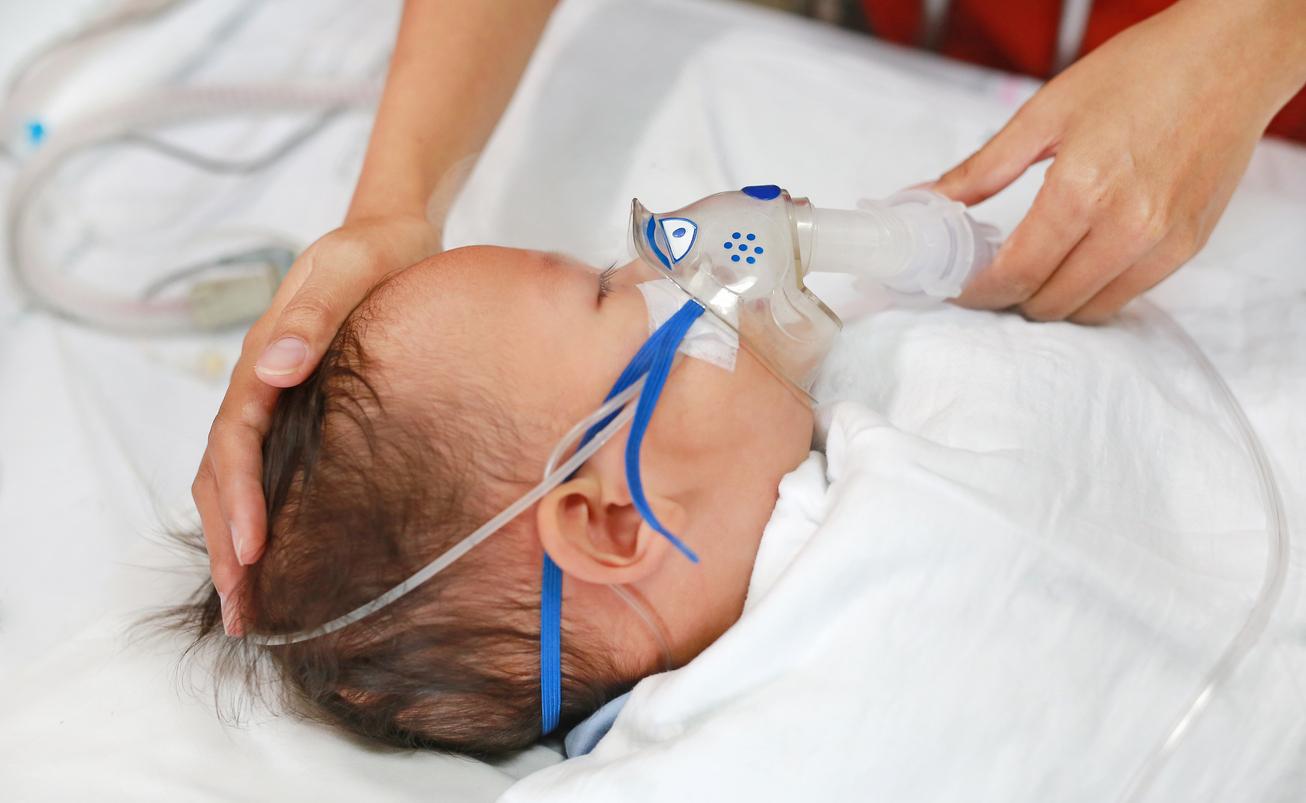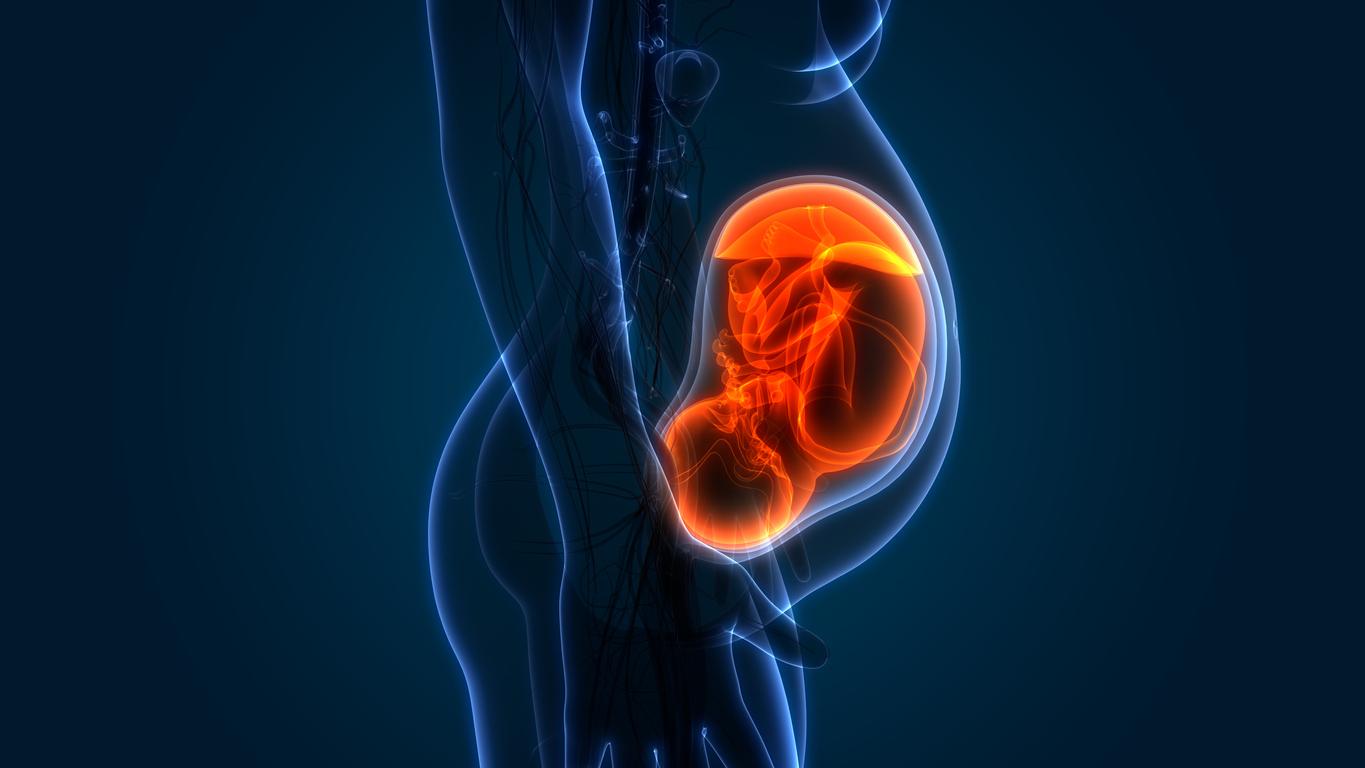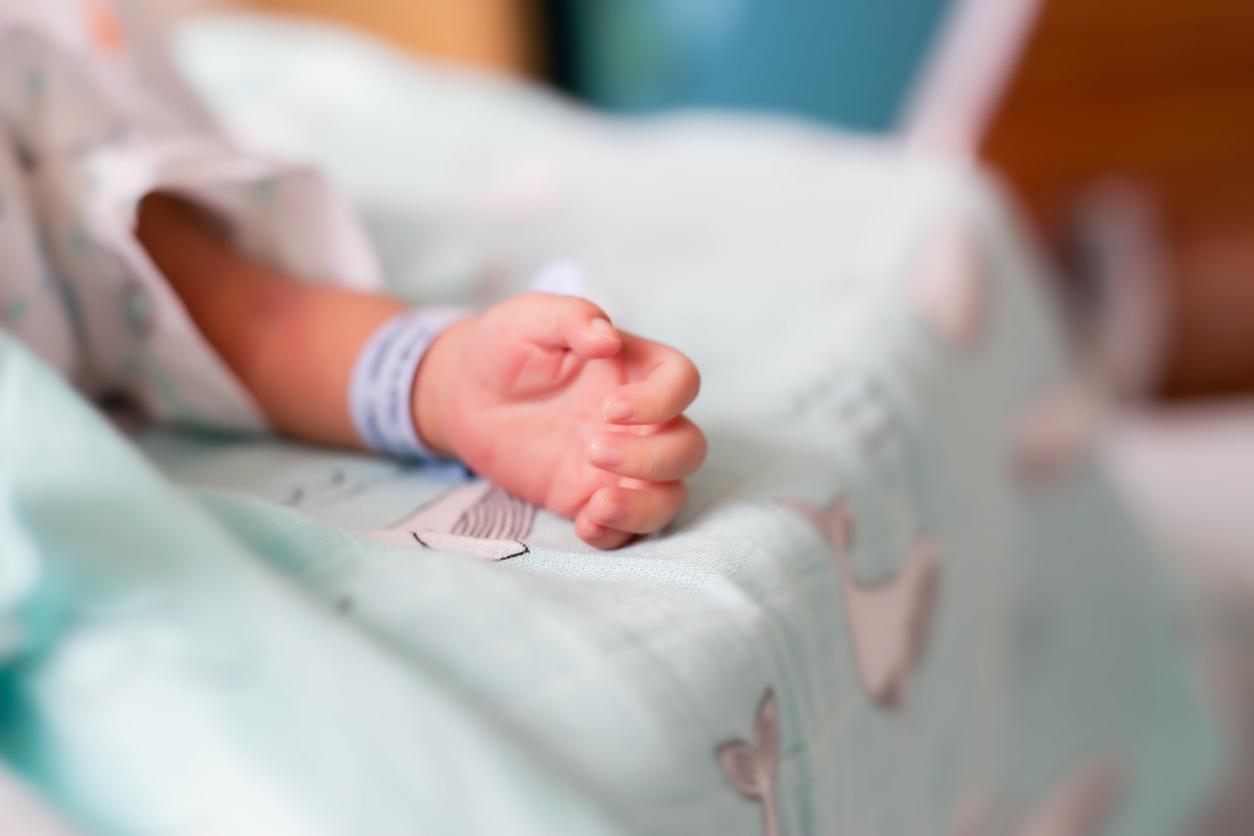
Friday January 22, 2016: A baby born with a heart defect and only one lung underwent Google Cardboard surgery.
Used with a smartphone as a screen, this virtual reality headset, which costs just under € 10, allows you to view 3D images.
When it was thought that there was nothing more to do for little Teegan Lexcen, born with almost half of her heart, the team of surgeons at Nicklaus Hospital in Miami achieved the impossible.
The baby, born in August 2015, had been declared inoperable by his doctors in Minnesota, because of his condition and too imprecise MRIs. Refusing to resign herself, Teegan’s mother decided to appeal to number 3 of the “20 most innovative pediatric surgeons still alive” according to the site topmastersinhealthcare.com, Dr. Redmond Burke, head of cardiac surgery at the children’s hospital Nicklaus, who agreed to look at the pictures. Faced with the complexity of the case, Dr Burke asked Dr Juan Carlos Muniz, cardiologist specializing in medical imaging, to make a 3D model of the infant’s heart. With the hospital’s 3D printer broken, Dr Muniz got the idea to use the Google Cardboard.
The helmet gave Dr Burke a three-dimensional image of the 4-month-old infant’s heart, which he was able to turn around to see the organ from all angles. He was thus able to understand how to operate on little Teegan.
So on December 10, 2015, Teegan found herself on the operating table. The first challenge for the surgeons was to reach the heart, badly placed. This being much more to the left than normal, there was a risk that the operation would be very traumatic for the baby’s body, which was already extremely weak.
Once the chest was opened, the Google Cardboards came to the aid of Dr Burke once again. Thanks to them, he was able to reach the heart more easily and invent a new type of surgery, bypassing the right ventricle of the baby’s heart, so that he could do the work of both.
A month later, little Teegan is recovering from her operation and her doctors are hopeful.



